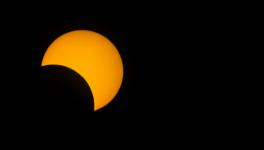Once in a Super Blue Moon
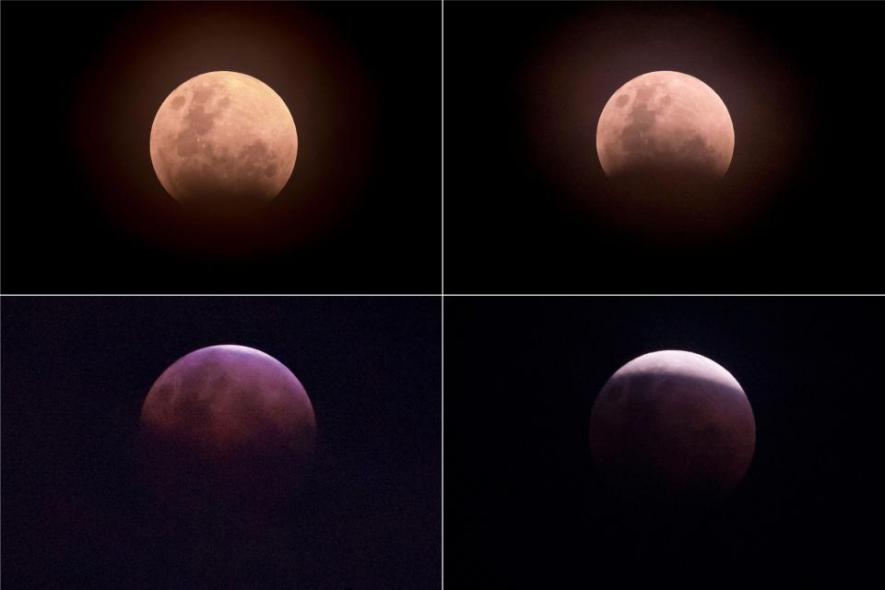
Image Courtesy: The Sun
On 31st January, the world was spell-bound by three coinciding lunar events: blue moon, supermoon, and a total lunar eclipse. This was last seen in 1866, 152 years ago.
The celestial show is the result of the sun, earth, and moon lining up perfectly for a lunar eclipse just as the moon is near its closest orbit point to our planet, making it appear "super" large. A blue moon occurs when there are two full moons in the same month. The first full moon of January was on new year’s night, and the second was last night. Blue moons happen every 2.7 years.
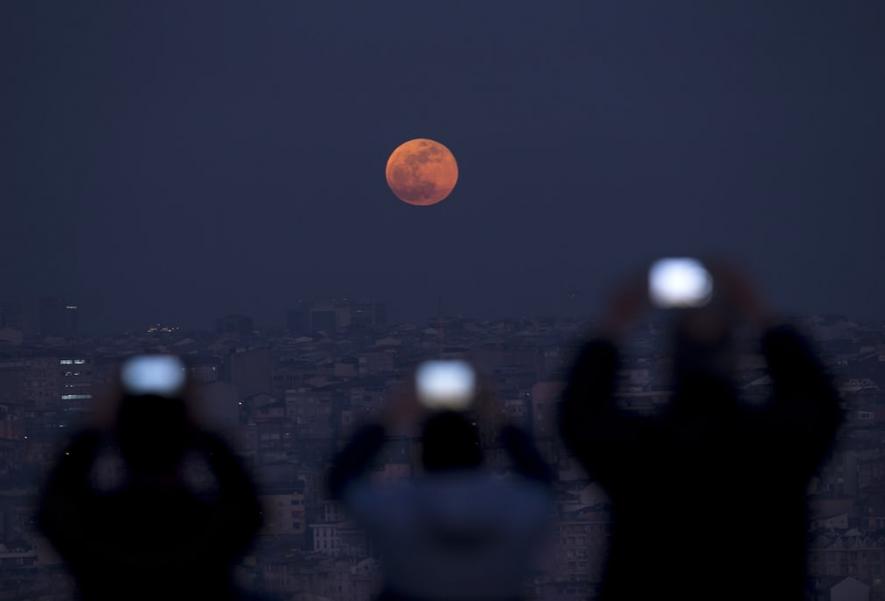
Image Courtesy: NASA
The eclipse began at about 6.15pm in India, as a black shadow began to devour one corner of the grey-white Moon. Some time later, the lunar surface was hidden under a red sheath, known as totality. Earth’s shadow completely crossed the moon, making it pearly white again around 9pm.
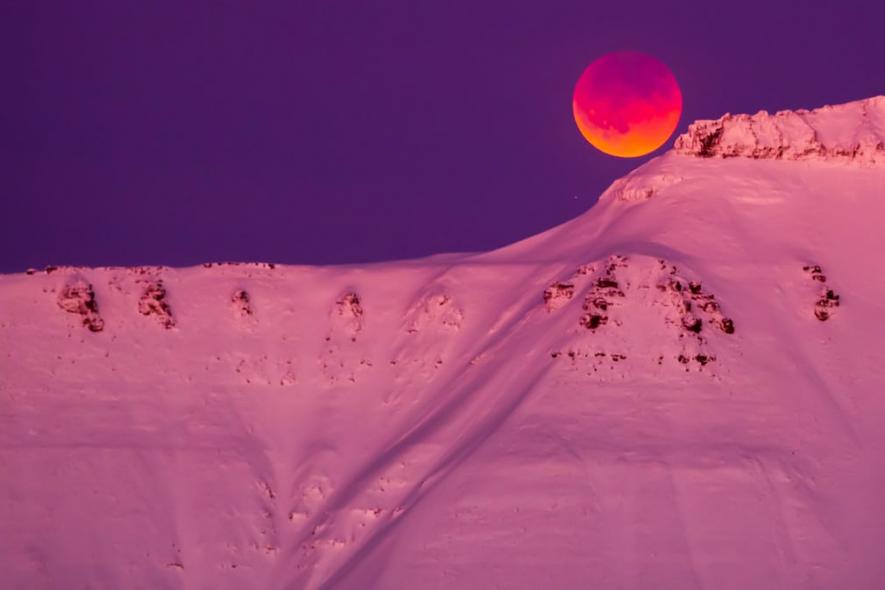
Image Courtesy: NASA
Even though we live in the 21st century with AI (Artificial Intelligence) increasing in power, the age-old myths and superstitions revolving around the lunar eclipse still persist:
- Eating at the time of an eclipse causes indigestion
- A cut during an eclipse will cause the bleeding to persist for a long time and will leave a scar for a lifetime.
- Taking a bath after the eclipse is believed to wash away all the negative energies.
- There are a number of restrictions imposed on a pregnant woman during a lunar eclipse. They are asked to not leave the house as it might harm the baby. They are also not allowed to touch any knives or sharp objects as this might lead the baby to be born with a cleft lip.
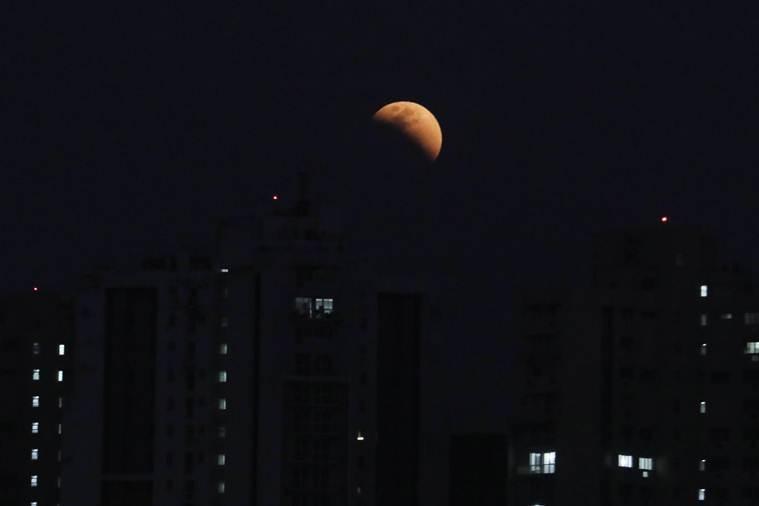
Image Courtesy: The Guardian
Unlike solar eclipses, which are only visible from specific places on Earth, lunar eclipses are visible from anywhere it is nighttime.
Brian Rachford, associate professor of physics at the Embry-Riddle Aeronautical University, said, “One of the great things about a lunar eclipse is you also don't need any special equipment to see it. Anyone can go outside and look at the moon.”
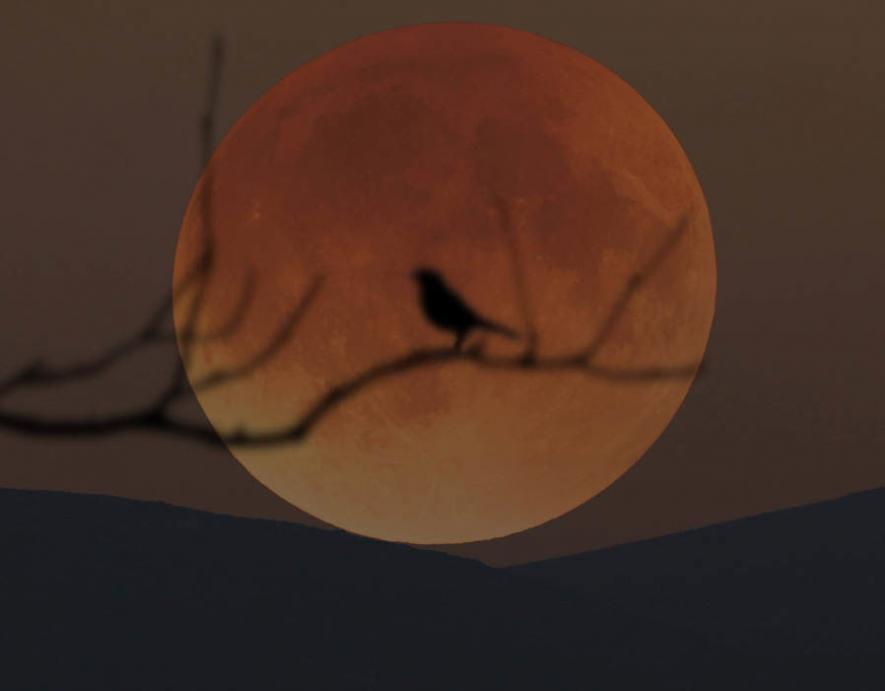
Get the latest reports & analysis with people's perspective on Protests, movements & deep analytical videos, discussions of the current affairs in your Telegram app. Subscribe to NewsClick's Telegram channel & get Real-Time updates on stories, as they get published on our website.











